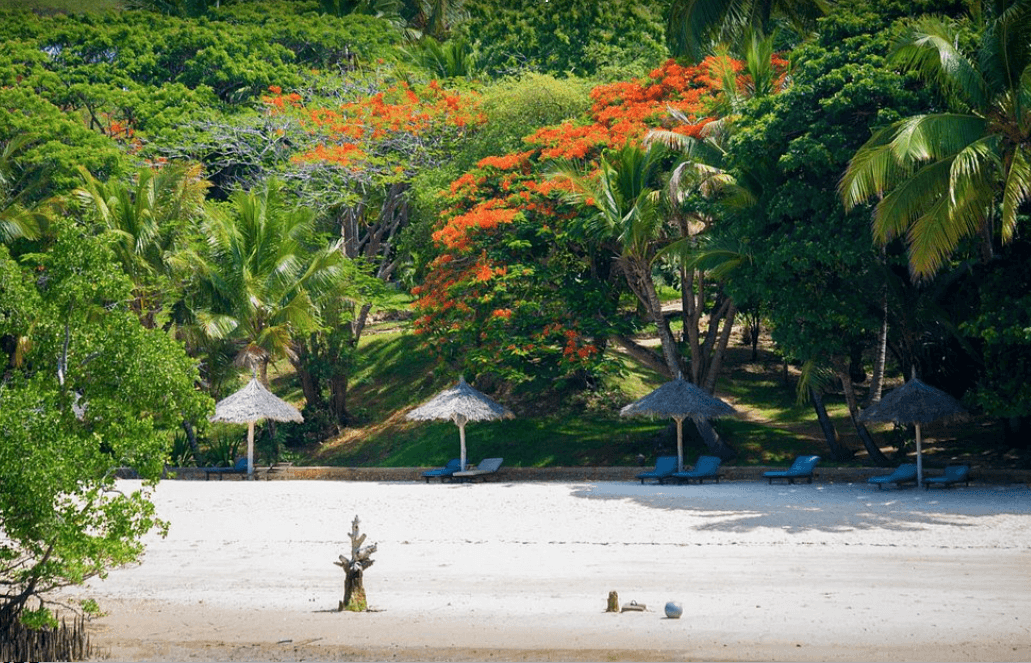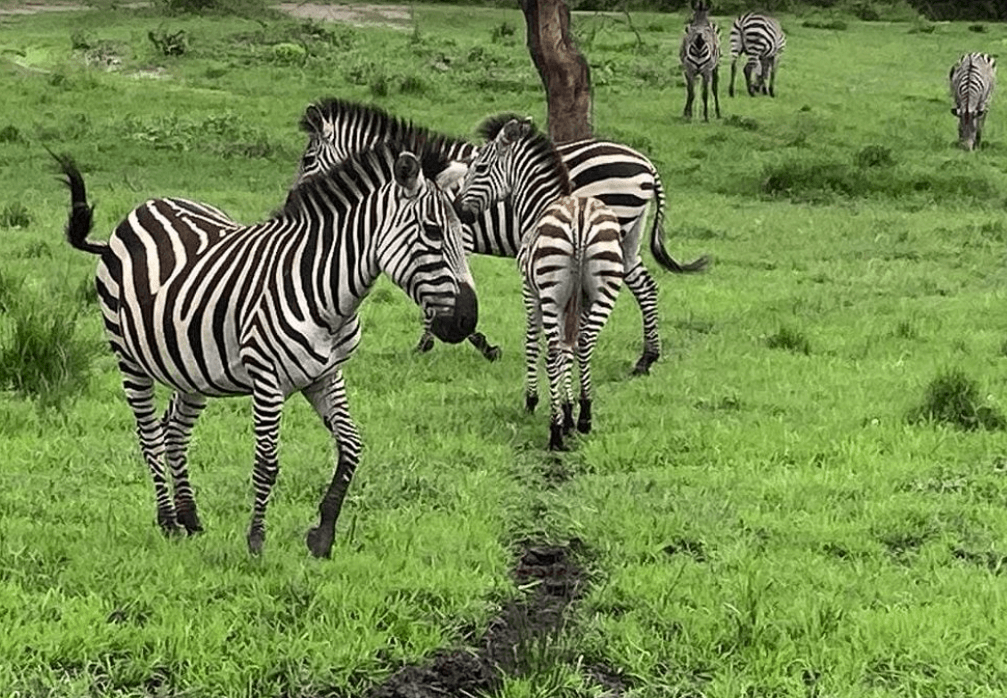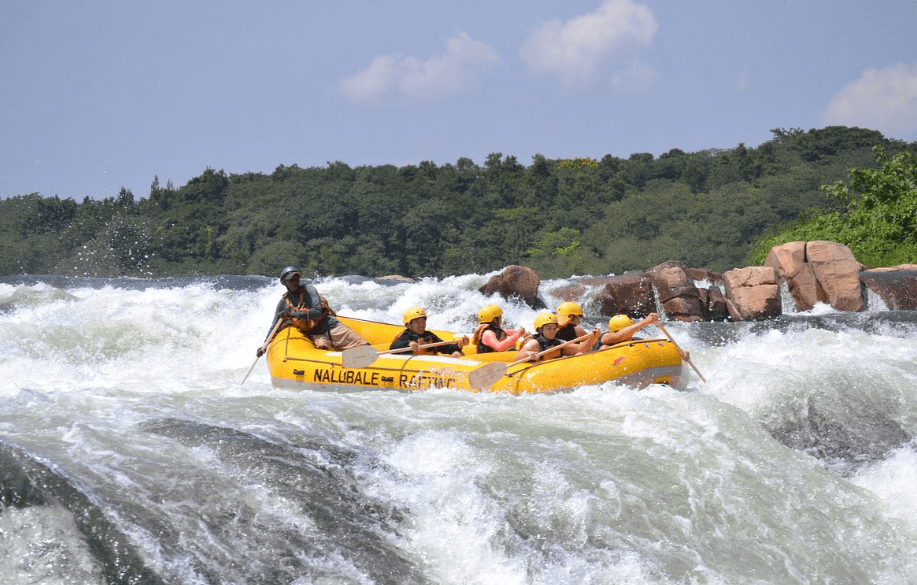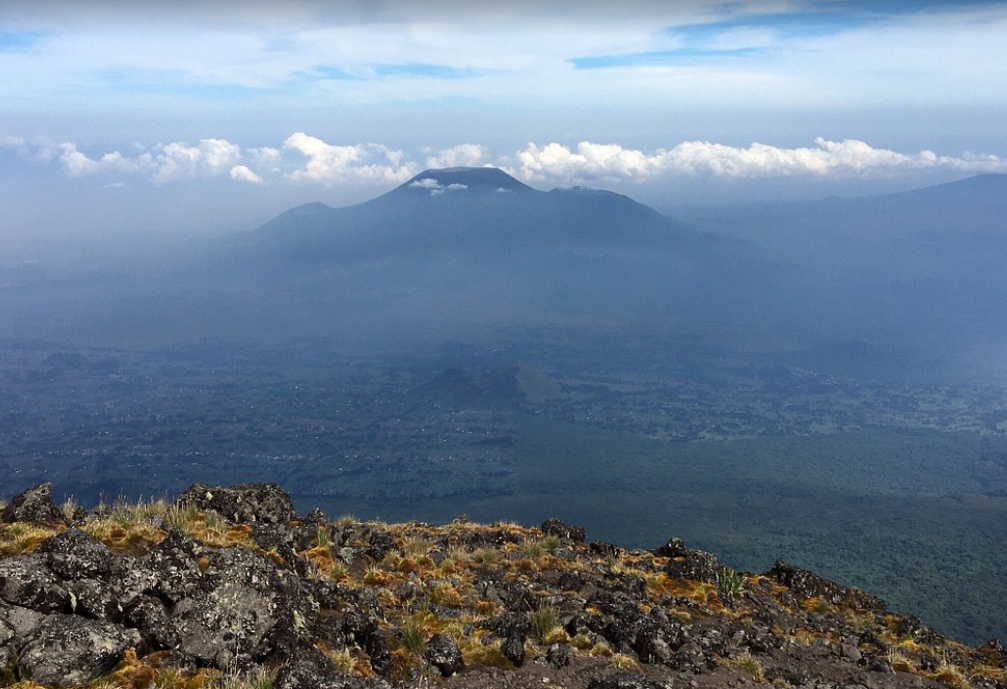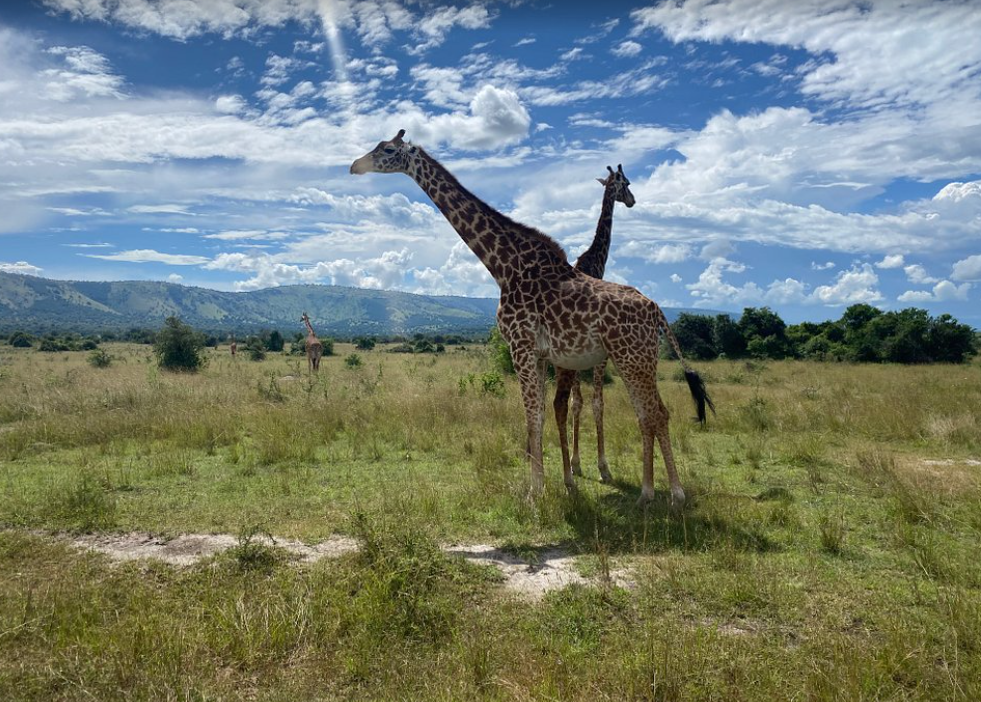Nature Walks in East Africa
East Africa, with its stunning landscapes and rich biodiversity, offers a unique opportunity for nature enthusiasts to explore its wilderness on foot. Nature walks provide an intimate and immersive experience, allowing visitors to connect deeply with the environment and observe the flora and fauna up close. This guide will explore the best places for nature walks in East Africa, the ideal time for these adventures, and answer frequently asked questions.
Overview
Nature walks in East Africa are guided excursions that take you through diverse habitats, from savannahs and forests to mountains and wetlands. These walks are designed to be educational and relaxing, offering insights into the region’s ecology, geology, and cultural heritage. Unlike game drives, nature walks allow for a slower pace and a more detailed exploration of the surroundings, making them ideal for bird watchers, photographers, and anyone looking to experience the natural world in a tranquil setting.
Best Places for Nature Walks in East Africa
1. Bwindi Impenetrable National Park, Uganda
Bwindi Impenetrable National Park is famous for its gorilla trekking experiences, but it also offers excellent nature walks. The park’s dense forests are home to a variety of wildlife, including primates, birds, and butterflies. The Munyaga River Trail and the Waterfall Trail are popular routes, offering opportunities to see beautiful waterfalls, ancient trees, and a rich diversity of plant life.
2. Serengeti National Park, Tanzania
The Serengeti is renowned for its vast plains and abundant wildlife. While most visitors come for the Great Migration, nature walks provide a different perspective of the park. Guided walks in the Serengeti offer insights into the smaller creatures and plants that are often overlooked during game drives. Walking safaris in the Grumeti and Lobo areas are particularly popular, offering a chance to see zebras, wildebeests, and various bird species up close.
3. Mount Kenya National Park, Kenya
Mount Kenya, Africa’s second-highest peak, is a UNESCO World Heritage Site and a prime destination for nature walks. The park features diverse ecosystems, from bamboo forests to alpine meadows. Several trails cater to different fitness levels, with the Sirimon, Naro Moru, and Chogoria routes being the most popular. These walks offer stunning views of the mountain, glacial lakes, and unique flora and fauna.
4. Nyungwe Forest National Park, Rwanda
Nyungwe Forest is one of the largest montane rainforests in Africa and a biodiversity hotspot. The park offers numerous nature trails, including the Igishigishigi Trail, which features a canopy walk, and the Bigugu Trail, leading to the highest peak in the park. Nyungwe is home to primates like chimpanzees and colobus monkeys, as well as hundreds of bird species, making it a paradise for wildlife enthusiasts.
5. Amboseli National Park, Kenya
Amboseli National Park, located at the foot of Mount Kilimanjaro, is famous for its large elephant herds and stunning landscapes. The park offers guided nature walks led by Maasai guides, who provide insights into the local culture and the park’s wildlife. These walks allow visitors to explore the park’s diverse habitats, including acacia woodlands, swamps, and open plains.
Best Time for Nature Walks in East Africa
The best time for nature walks in East Africa generally coincides with the dry season, which varies slightly between countries but typically falls between June and October. During this period, the weather is more predictable, and trails are less likely to be muddy or flooded. Additionally, wildlife is more concentrated around water sources, making sightings more frequent and rewarding.
The wet season, from November to May, also has its advantages, particularly for bird watchers and those interested in lush, green landscapes. Migratory bird species are present, and the vegetation is vibrant. However, some trails may be more challenging to navigate due to rain and mud.
Frequently Asked Questions (FAQ)
1. What should I wear for a nature walk in East Africa?
For a nature walk in East Africa, wear comfortable, lightweight clothing in neutral colors to blend in with the environment. Long-sleeved shirts and long pants are recommended to protect against insects and thorny plants. Sturdy walking shoes or hiking boots are essential, and a hat and sunglasses will protect you from the sun. Don’t forget to bring a rain jacket, especially during the wet season.
2. Are nature walks safe?
Yes, nature walks are generally safe when conducted by experienced guides. Guides are trained to handle various situations and ensure the safety of the participants. It is important to follow the guide’s instructions, stay on designated trails, and maintain a safe distance from wildlife.
3. What should I bring on a nature walk?
Bring a small backpack with essentials such as water, snacks, a first aid kit, sunscreen, insect repellent, and binoculars. A camera with a zoom lens is also recommended for capturing wildlife and scenic views. Additionally, a field guidebook on local flora and fauna can enhance your experience.
4. How long do nature walks typically last?
Nature walks can vary in duration, typically ranging from a few hours to a full day. Some trails may offer multi-day trekking experiences with overnight camping. It’s important to choose a walk that matches your fitness level and interests.
5. Can children participate in nature walks?
Yes, children can participate in nature walks, but it’s important to choose trails that are suitable for their age and fitness level. Some parks offer family-friendly walks, and guides can tailor the experience to engage and educate young participants.
6. Do I need to book nature walks in advance?
It is advisable to book nature walks in advance, especially during peak tourist seasons. Booking in advance ensures that you have a spot on the walk and allows the park or tour operator to prepare adequately for your visit.
7. Are there any restrictions or regulations for nature walks?
Yes, there are typically rules and regulations to ensure the safety of participants and the protection of the environment. These may include staying on designated trails, not feeding or disturbing wildlife, and carrying out all trash. Guides will brief you on specific rules before the walk begins.
Nature walks in East Africa offer a unique and enriching way to explore the region’s incredible landscapes and wildlife. Whether trekking through the dense forests of Bwindi, the vast plains of the Serengeti, or the mountainous terrain of Mount Kenya, these walks provide an intimate connection with nature. By choosing the best time to visit and following safety guidelines, visitors can fully enjoy the serene beauty and diverse ecosystems that East Africa has to offer.

